Why Password Security Still Matters in 2025
According to the Ponemon Institute's Research, the average person uses one password across five separate accounts. Consequently, this could potentially decrease the password's security level and increase the probability of a password breach. The most alarming is that the most common way to store a password tends to be memorizing, and the second favorite is writing it down on a sticky note. These kinds of practices tend to be extremely risky, and if used in a workplace, they can damage the business and bring irreparable damage to all involved parties.
The technology was a lifesaver during the pandemic and helped ensure the continuity of people's usual activities and practices. With most employees working remotely, companies must put more thought into their security and privacy strategies. Hence, they are starting to grasp the shortcomings of simple password protection and trying to secure their systems on multiple fronts. Consequently, 2021 has been the year of multi-factor authentication and biometrics breakthroughs. Face and voice recognition and fingerprints have become a standard part of the modern security game. Still, we can see more banks and other companies starting to use a retina scan in their authentication strategy. On top of that, Microsoft has recently revealed that 90 percent of their employees completely switched to a passwordless system. Therefore, biometrics can ultimately take over authentication in the next few years.
How to secure passwords and logins
A reliable security strategy is serious business. That's why we compiled a list of crucial steps everyone must follow when securing their passwords and other login data.
1. Use a Multi-Factor Authentication
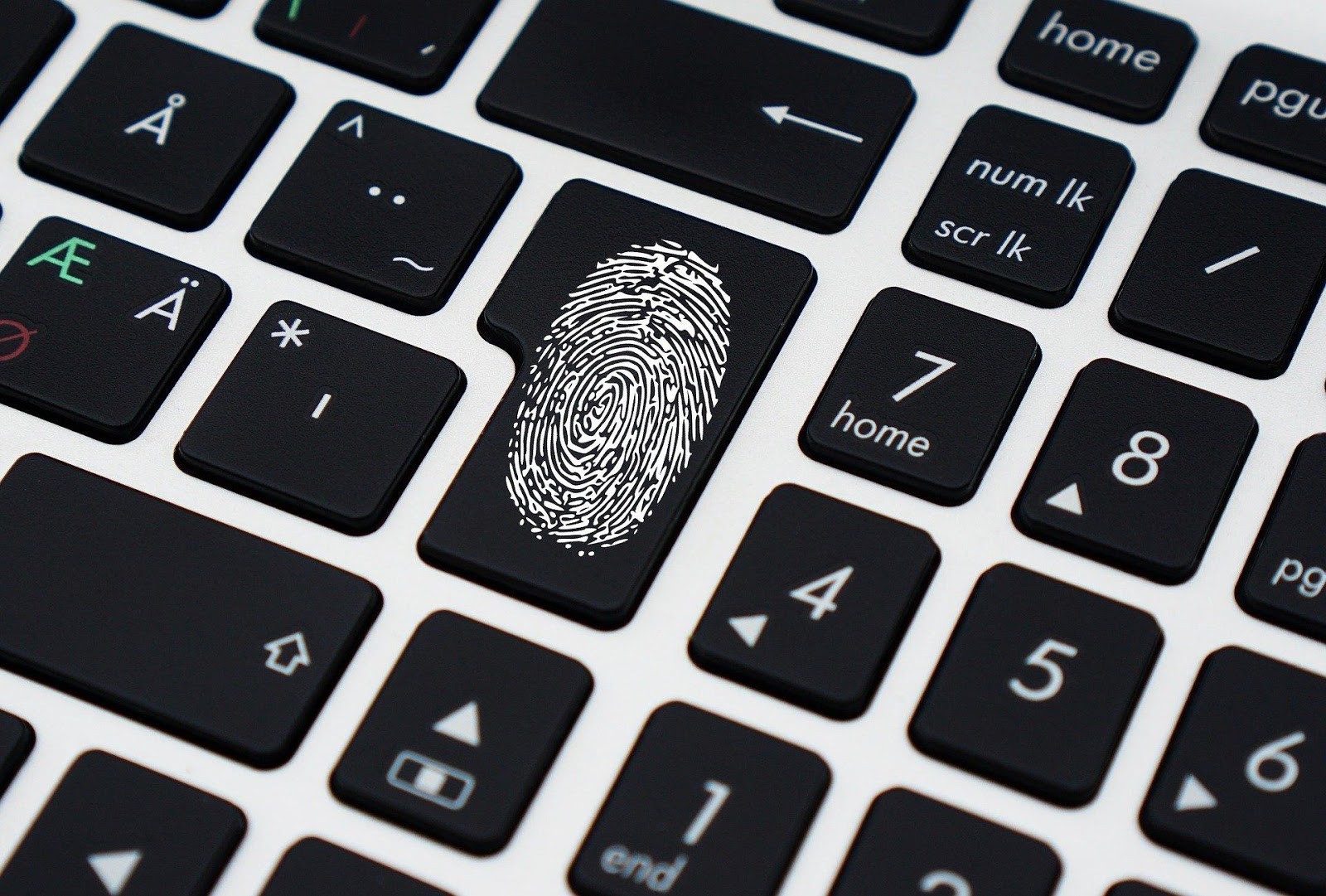
Image from Pixabay.com
Using multi-factor authentication is slowly becoming a golden standard in the security realm. Since old passwords are slowly becoming outdated and insecure, users need more refined mechanisms to layer their security strategy according to their unique preferences and requirements. Multi-factor authentication, or MFA, requires more than one authentication factor to gain access to the account. These authentication factors are usually divided into three categories:
- The things you know (password, security question, PIN),
- The things you have (phone, credit card, token),
- The things you are (fingerprint, voice, face).
To gain safe access to the account, the user needs to include factors from all three groups. This security mechanism relies on the assumption that someone who wants to access the account has a slight chance of figuring out all three (or even more) factors to enter. It usually means that the user has to come up with a strong password, then enter a unique code, and give final permission with a fingerprint.
2. Use a VPN
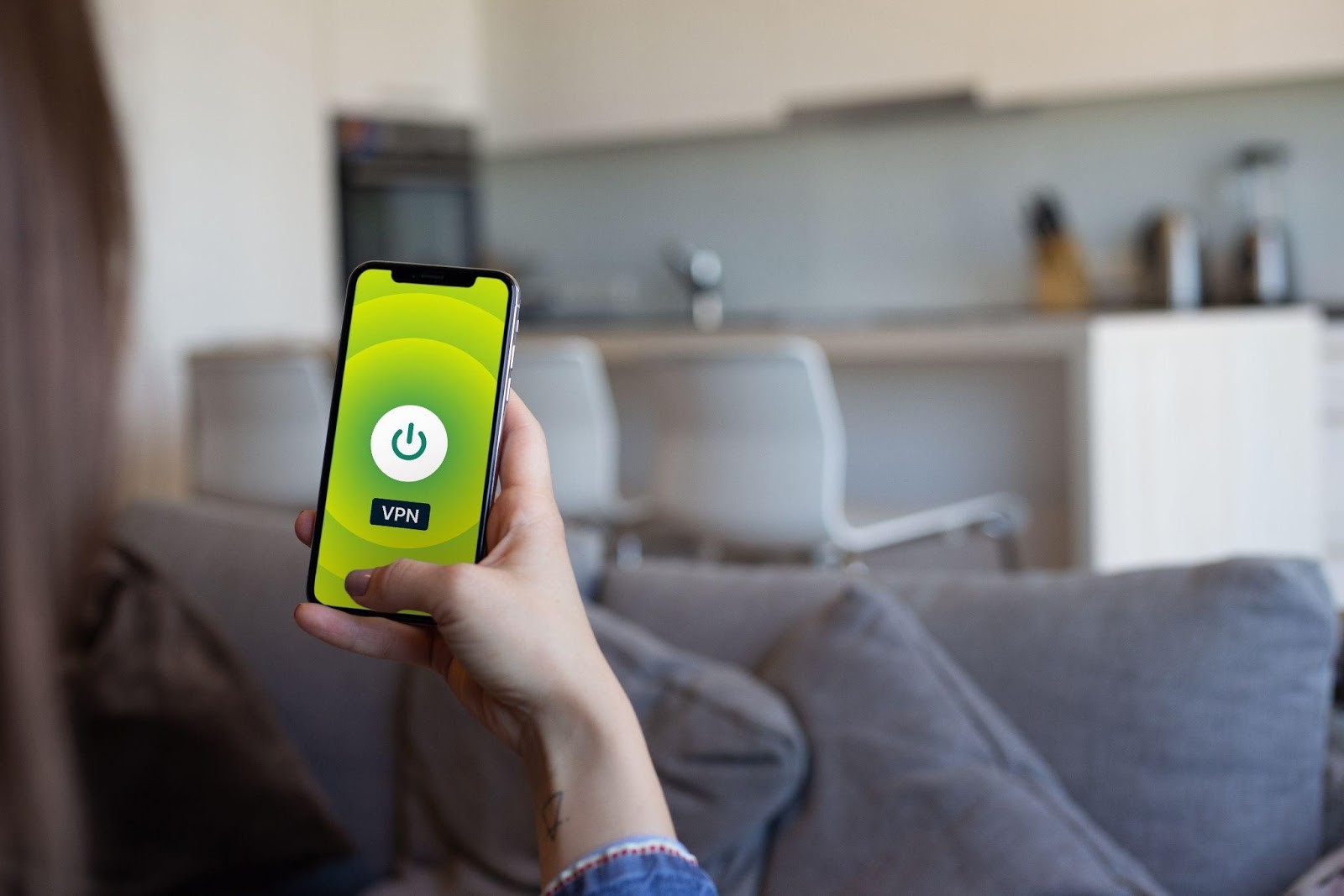
A VPN service can be a great addition to a well-designed protection arsenal. Security.org published research stating that 49 percent of people use a VPN for security reasons, and 40 percent listed privacy as their top priority.
Those who use public WiFi from time to time have to be especially cautious because public networks tend to be excellent opportunities for stealing data. Hackers can often interpose themselves between the user and the network provider and collect sensitive data during transfer.
A Virtual Private Network (VPN) connects the user with a VPN server through an encrypted tunnel, protecting him from possible intrusions from malicious third parties.
3. Use a different password for every account
People tend to be lazy when it comes to passwords. The most common scenario is when users make up a password that's easy to remember and use it across multiple professional and personal accounts. This kind of practice can severely jeopardize sensitive information since entering one account could potentially lead to breaking into various accounts. In addition to that, when choosing a password, some practices could increase the overall security of the account:
- Don't use your name, the name of your pet, or your relatives,
- Don't use any personal information (address, birth date, anniversary date),
- Don't choose numerical passwords (e.g., license plate number),
- Don't use gibberish phrases (you'll forget it),
- Use a combination of numbers and letters,
- Use a mix of lower and upper case letters and symbols,
- Use something obscure - a combination of unrelated words.
4. Use a password manager
Even though humans tend to pride themselves on being the most intelligent living beings on the planet, our memory tends to be flawed. That's the main reason why a password manager is the best option for keeping your accounts safe and sound.
You can choose a few types of password managers: locally installed or offline, web-based or online, and token-based. The locally installed managers keep the passwords on the device in a separate encrypted vault. This kind of manager tends to be tricky to use across different devices since the account sync can be challenging. Also, it's crucial to have a backup because if the device breaks down, it could result in permanent data loss.
5. Use security tools to secure your online activities further
Since privacy and security have a higher value in the post-Snowden era than ever before, people are becoming more tech-savvy. They are looking for new and improved ways to protect their online presence. Hence, today, various services and tools can successfully encrypt the data and ensure a safe transfer regardless of location and imposed restrictions.
For those looking for a safer and more private alternative to standard email providers, ProtonMail is a go-to option. ProtonMail offers end-to-end encrypted emails, which means that the communication between the users stays personal, and potential eavesdroppers can't have a piece of it.
6. Never leave your device unattended and unprotected
This one should go without saying, but many people tend to leave their devices in plain sight when they're taking a break and stepping out of the room. Carrying a laptop with you can be tricky, but keeping an eye on the devices at all times is essential. Locking the computer with a secure password before leaving the office is an additional way to avoid potential intrusions and data theft.

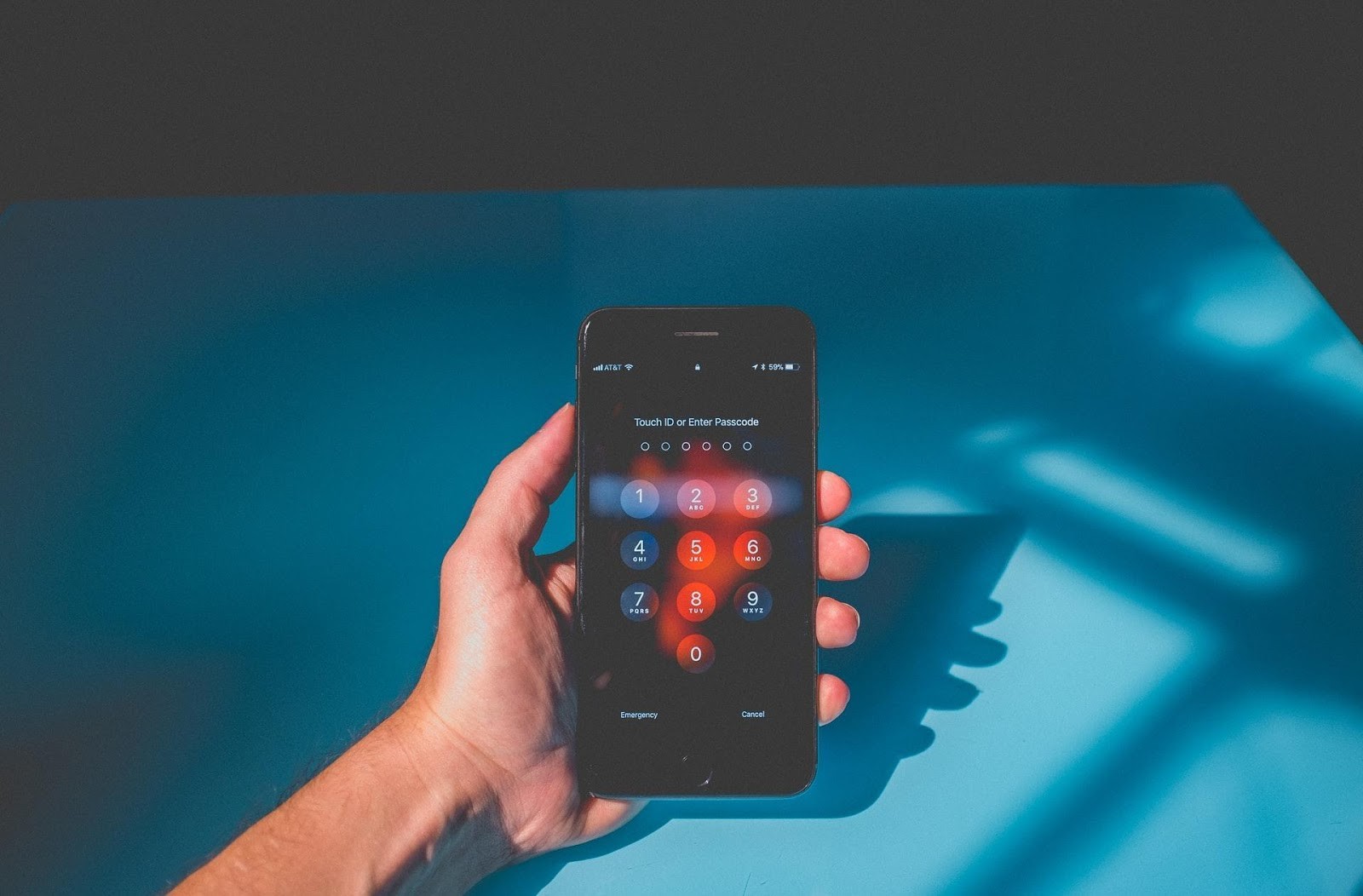


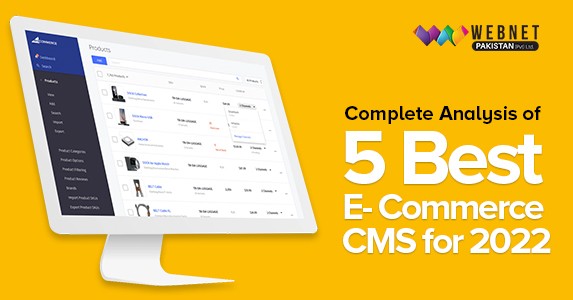

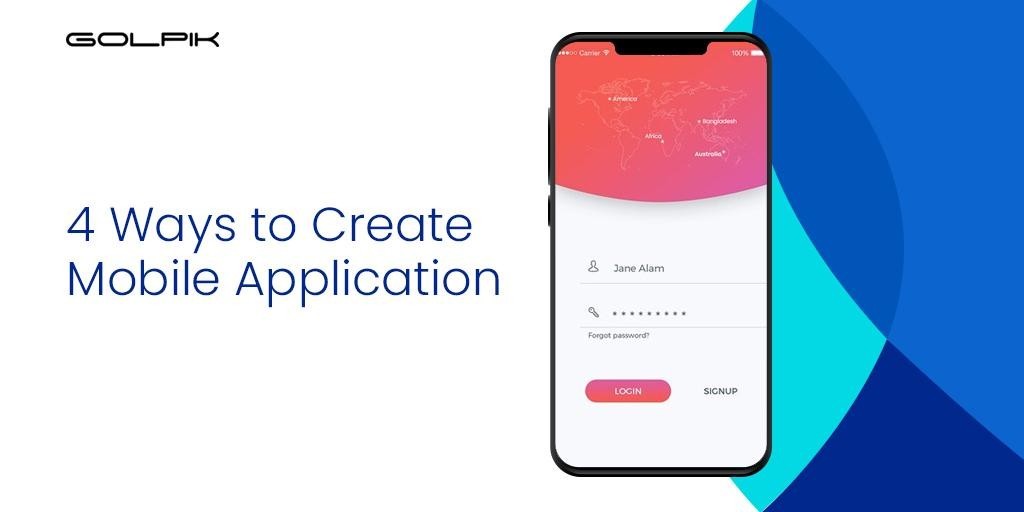
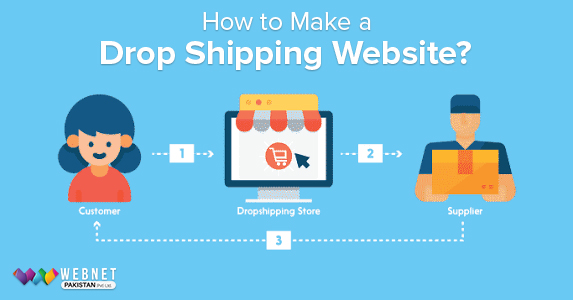

0 comment